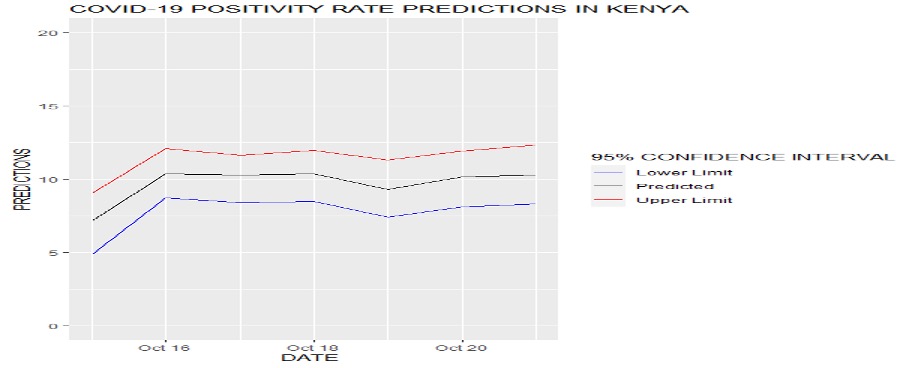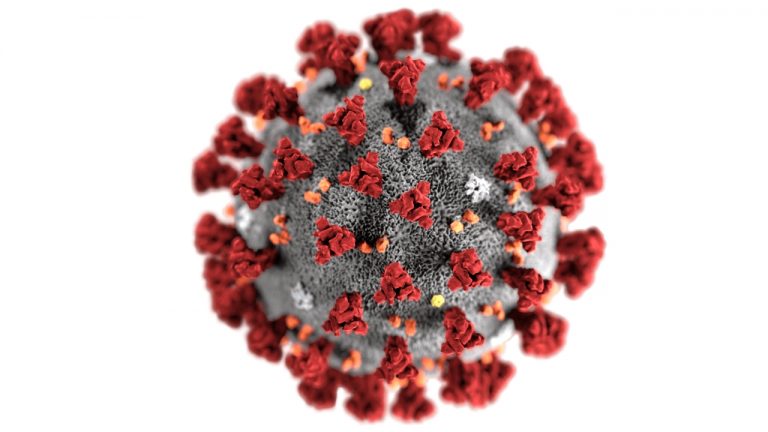By Prof Gichuhi A. Waititu
Since Kenya’s business restrictions were relaxed on 28th September 2020, Kenyans are understandably eager to be able to go out and resume some of their regular activities. Since there is no vaccine for COVID-19, yet, the re-opening was cautiously done. Kenyans have continuously been advised to maintain social distancing, masking and handwashing.
The world over, a significant percentage of the population have been noted to relax the COVID-19 infection prevention efforts as soon as places such as schools, churches, hotels & restaurants, bars and other businesses begin to reopen. This behaviour can cause the number of coronavirus infections to rise.
As noted by Johns Hopkins Medicine, there seems to be a long delay between a policy change in a community and when its effects show up in the COVID-19 data. As businesses and other common spaces like schools reopen, effects such as an increase in the number of COVID-19 cases or hospitalizations may not be experienced a week or even two weeks later. It seems to take much longer, between four weeks and eight weeks, for public health officials to see if the number of cases is rising or falling.
Mobility Trends
If there will be a second wave in COVID 19 infections in Kenya, human behaviour will play a major role. Data from Google on the mobility changes in Kenya as at 9th October 2020 shows an increase in the use of public transport, as shown in figure 1. As expected, a significant spike in public transport has been experienced since 28th September 2020. This spike in public transport usage calls for strict adherence to social distancing, masking and hand washing within the transport sector.

As shown in table 1 below, mobility trends in public transport, retail and recreation and supermarkets have significantly increased in various regions but with varying percentages. Kilifi county has reported reduced mobility in retail, recreation, supermarket and pharmacy. Compared to the base period, increased mobility in retail, recreation, supermarket, pharmacy and parks has been noted in Eldoret Metropolitan, Mombasa, Machakos and Uasin Gishu counties. The mobility findings imply that Kenyans are slowly resuming some of their regular activities, as expected. The resumption of regular activities by most people means that most common spaces like recreation centres, supermarkets, bus stations and supermarkets will be crowded hence the more need for more social distancing, masking and hand washing before a vaccine for COVID-19 is found and accessible to the entire population.
Table 1: Mobility trends for various places as on 9th Sept. 2020
| County/Area | Mobility trends for various places compared to the baseline | |||
| Retail and recreation | Supermarket and pharmacy | Parks | Public transport | |
| Eldoret Metropolitan | 10% | 16% | 15% | 25% |
| Mombasa Metropolitan | -1% | 1% | 7% | 11% |
| Nairobi Metropolitan | -9% | 5% | -15% | 10% |
| Nakuru Metropolitan | 2% | 9% | -19% | -18% |
| Kajiado County | -3% | 17% | -11% | 0% |
| Kiambu County | -2% | 14% | 17% | 9% |
| Kilifi County | -9% | -14% | -29% | 1% |
| Kisumu County | -12% | 17% | -14% | 9% |
| Machakos County | 2% | 22% | 8% | 21% |
| Meru County | 3% | 14% | No data | 24% |
| Mombasa County | 1% | 4% | 12% | 11% |
| Nakuru County | 6% | 14% | 4% | -4% |
| Nyeri County | -6% | 6% | -15% | 34% |
| Uasin Gishu County | 10% | 16% | 21% | 6% |
NB: The baseline is the median value, for the corresponding day of the week, during the five-week period from 3 Jan – 6 Feb 2020. Insights in these reports are created with aggregated, anonymised sets of data from users who have turned on the Location History setting, which is off by default.
Positivity Rate
The trend for the positivity rate in Kenya so far is shown in figure 2. It is interesting to note that the positivity rate increased significantly after the lifting of the ban of movement on 7th July 2020 and the relaxation of curfew and business restrictions on 28th Sept. 2020.
It is also worth noting that as per the W.H.O recommendations, the curve for COVID-19 infections is considered to have flattened if the daily positivity rates are below 5% for at least fourteen (14) consecutive days. From figure 2, it is clear that this condition was not properly met when Kenya relaxed curfew and business restrictions on 28th Sept. 2020.

The COVID-19 positivity rate after the relaxation of curfew and business restrictions on 28th September 2020 has for most of the days been above the WHO threshold of 5%. These relatively high positivity rates imply that Kenya is on the verge of a second wave of COVID-19 infections. As indicated by the mobility trends data above, Kenyans have started going back to their normal activities. However, an increased COVID-19 positivity rate, especially after the relaxation of lockdown measures, points to a community that has relaxed the MoH guidelines of social distancing, handwashing and masking. All the stakeholders including the MoH, national government, county governments and all other stakeholders need to aggressively soldier on in controlling the COVID-19 infections.
Predictions
As presented in figure 3, the predictions for the positivity rate in Kenya point to an increase in infections for the coming few days. The positivity rate is expected to oscillate around 10% for the next seven days. A positivity rate of 10% is double the recommended threshold by the WHO. This again emphasizes the need for enhanced efforts in controlling the spread of COVID-19 by all the stakeholders.

This report is based on the data from the Ministry of Health, Kenya and the Johns Hopkins University Center for Systems Science and Engineering (JHU CCSE) as at 10:00 pm E.A.T on 15/10/2010.
Prof Gichuhi A. Waititu is an Associate Professor of Statistics in the Department of Statistics and Actuarial Sciences at Jomo Kenyatta University of Agriculture and Technology, Kenya. He holds a BSc in Mathematics and Computer Science from JKUAT, MSC in Applied Statistics from JKUAT and PhD in Statistics from Kaiserslautern University in Germany.
This article has also been published by The Elephant and is part of an ongoing collaboration between Africa Uncensored and The Elephant.
This work is supported by the Heinrich-Böll Foundation.
![]()





Add comment